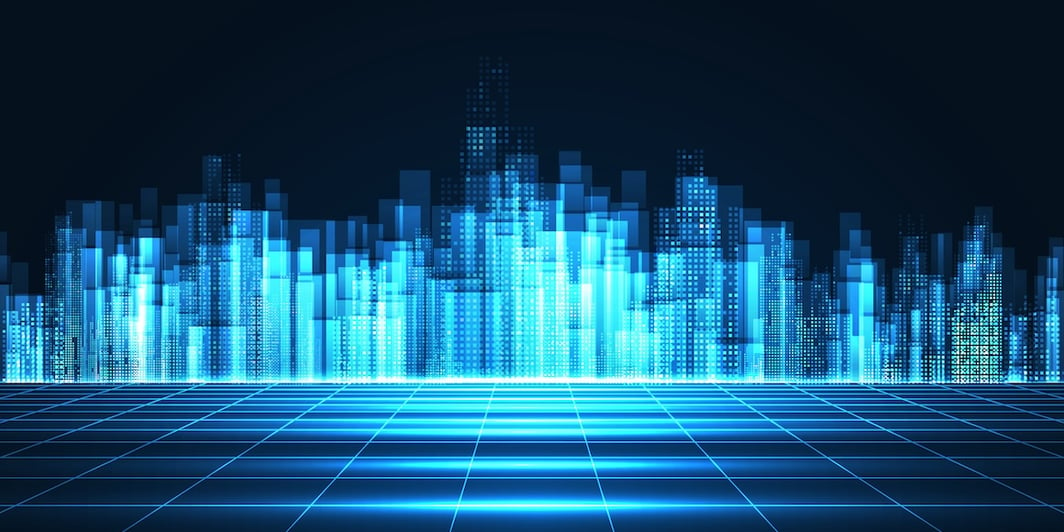
In today’s digitally connected world, fast and reliable data processing is necessary—not just within close proximity to cell towers or data hubs, but wherever the end user is located. Edge data centers and 5G technology play key roles in making this network distribution possible. Learn how these technologies are related and how they work together to support a vast array of digital infrastructure.
What Is 5G?
The fifth generation of wireless technology, known as 5G, is the latest standard for cellular networks. It represents a significant leap forward compared to its predecessors (i.e., 2G, 3G and 4G LTE) when it comes to data speed, capacity and overall performance. One significant improvement that sets 5G apart is its ability to seamlessly maintain a mobile device’s connection as it moves.
More and more mobile devices today are designed to connect to the 5G network. Along with 5G’s increasing adoption, we’re seeing soaring levels of data use worldwide. Mobile data traffic is expected to more than triple from 2022 to 2028, reaching almost 330 exabytes per month.
What Is Edge Computing?
Edge computing is a distributed approach to computing in which, instead of utilizing a centralized data center hub, data is stored and processed close to the originating source of that data. By processing data closer to end users, edge data centers reduce the time it takes for information to travel between devices and servers.
This approach enables real-time responses for applications that demand low latency. Sometimes, a lag in processing can make all the difference. For example, the more than one billion online gamers worldwide depend on edge computing to facilitate an immediate response as they use their controllers or keyboards.
However, the stakes can be much higher than a lost game. Equipment like wearable medical sensors may rely on real-time processing to maintain health and safety.
5G and Edge Computing: A Complementary Relationship
Edge computing and 5G aren’t stand-ins for one another and aren’t in conflict. Rather, they’re two pieces of the puzzle, allowing people to access reliable, high-speed data processing. Let’s take a closer look at how 5G and edge computing are related.
Supporting the Same Use Cases
The demand for edge computing and the demand for 5G are largely driven by the same technological trends. Both edge computing and 5G can support technologies that involve high volumes of data processing at high speeds. Some examples include:
- Internet of Things (IoT) devices
- Virtual or augmented reality applications
- Mobile and online gaming
- Autonomous vehicles
- Industrial sensors
5G at the Edge
Although 5G has impacted the tech world in many ways, one effect we’ve seen is that 5G is driving a greater need for edge computing. In addition to the radio access network, 5G relies on a complex network of connections to manage data. Data centers play a major part in that. In particular, 5G networks leverage edge computing to offload processing tasks from centralized data centers to edge locations.
When 5G is combined with edge computing, it allows for real-time data processing at the edge of the network. This is particularly beneficial for applications that require immediate responses, such as those we included in the list above. Edge computing is necessary for 5G networks to reduce latency and enhance the user experience.
Preparing for a Future of High-Speed, Distributed Computing
Edge computing and 5G will both contribute to a future in which end users have even greater access to low-latency data processing. With a more robust and decentralized data center network, the potential applications and benefits are endless.
Want to learn more about the ever-evolving world of technology and data centers? Subscribe to our blog for industry updates!




Comments